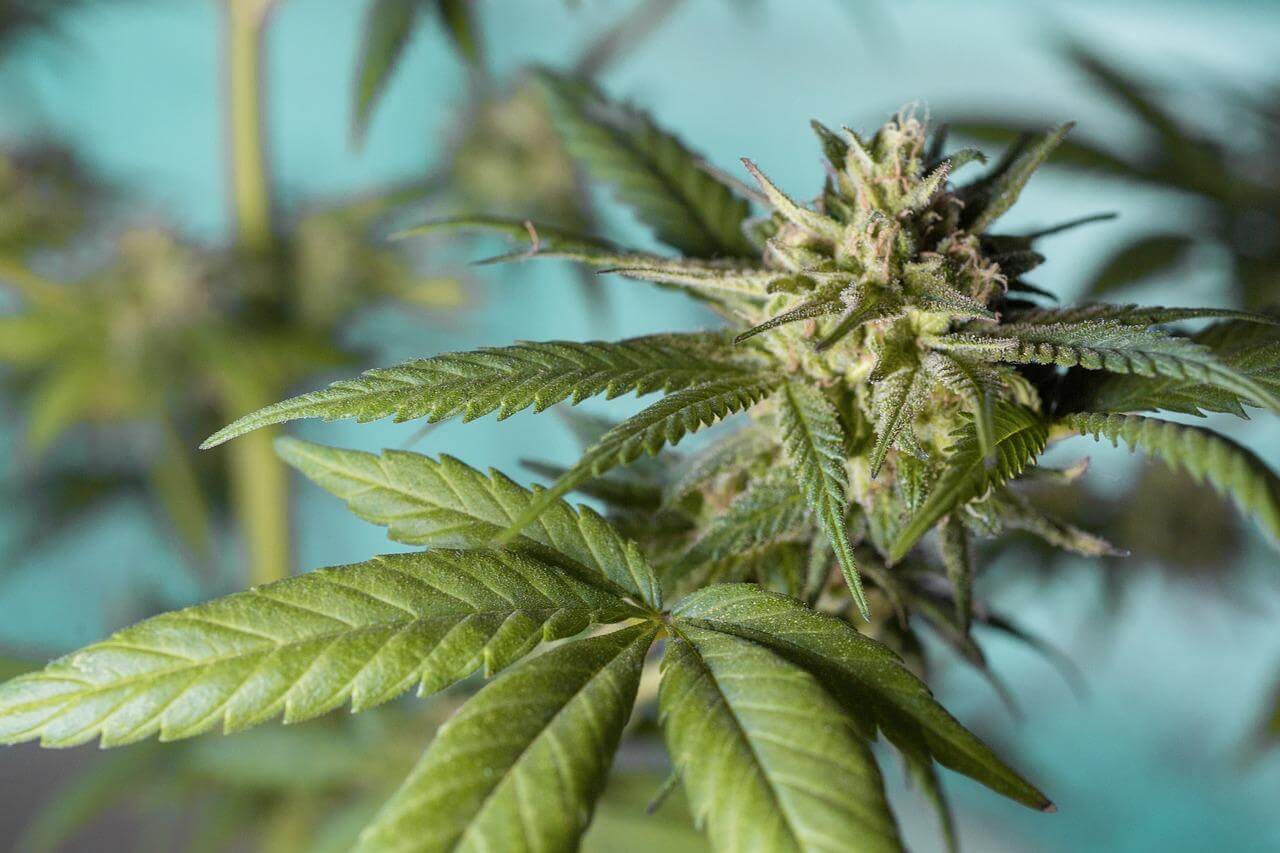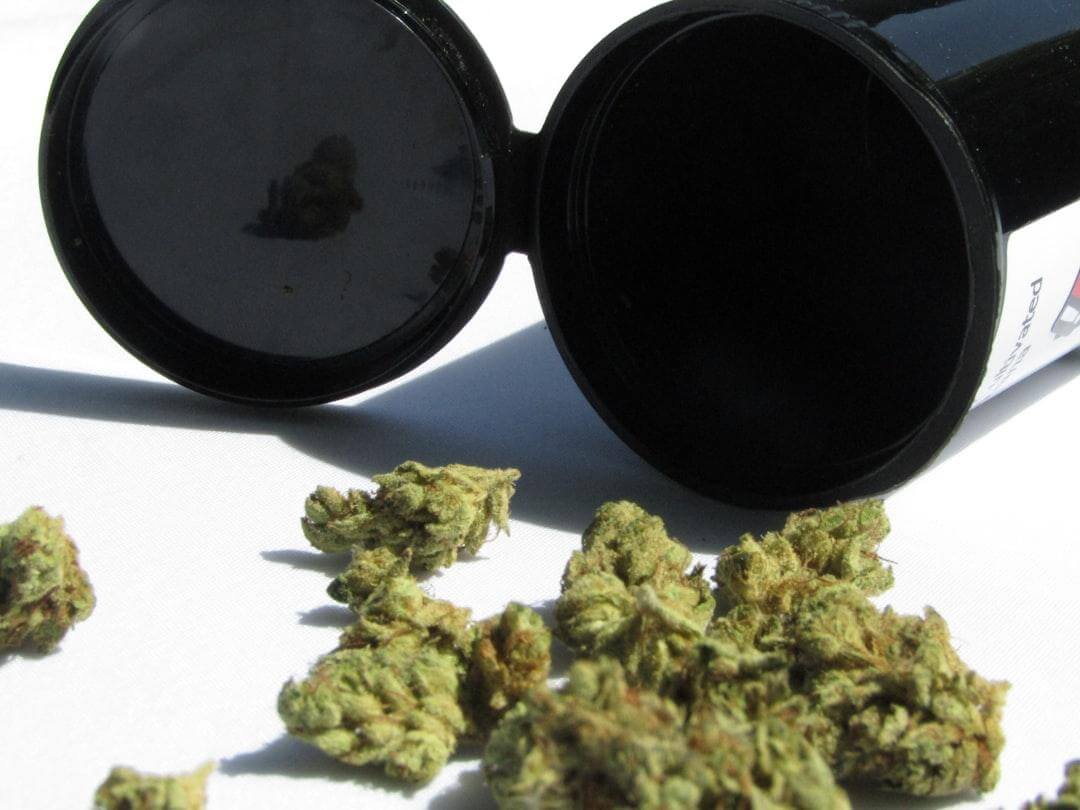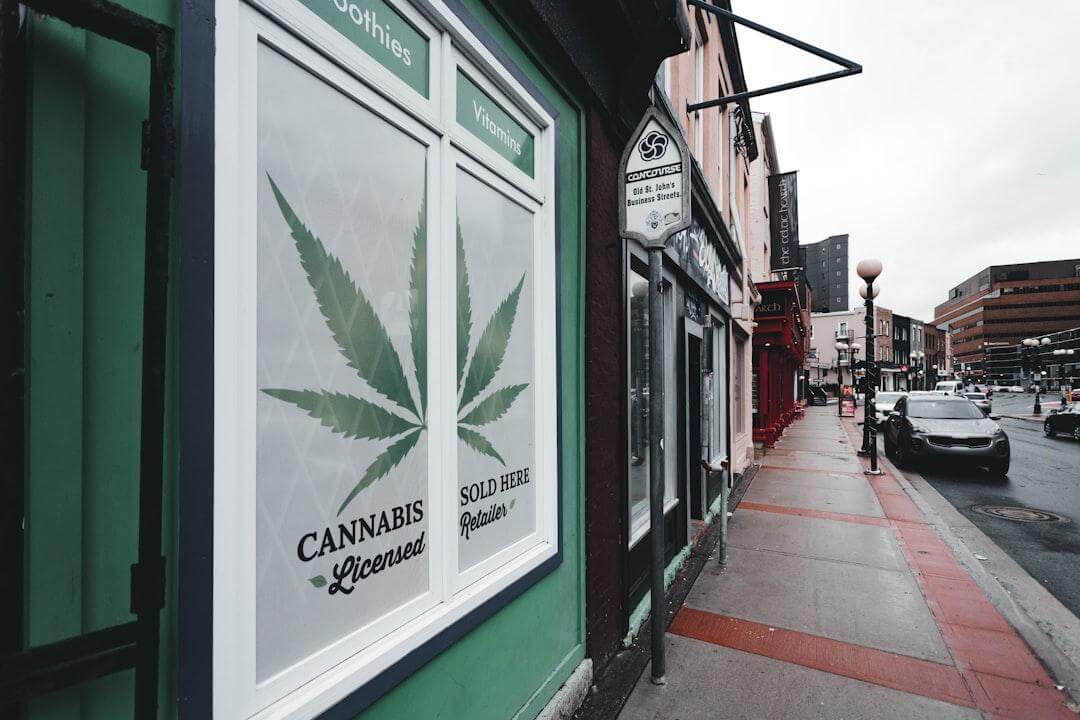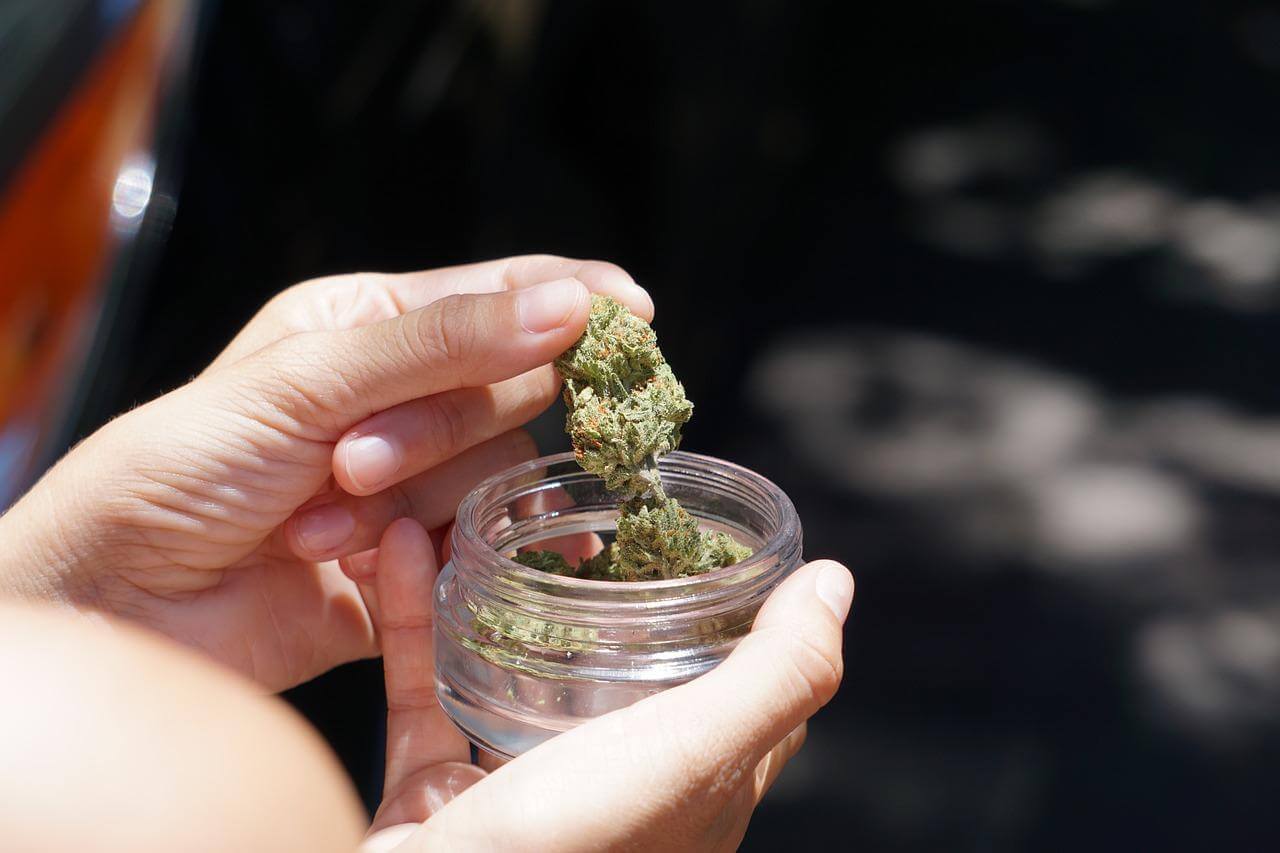In cannabis marketing, one truth is constant: Social media is essential. For cannabis brands trying to reach consumers, educate audiences, and grow their reputation, social media is often the most direct path to connection. But with tight platform restrictions, shadowbanning, and frequent account takedowns, building a strong social media presence isn’t as simple as posting a pretty bud shot with a clever caption.
So, how can cannabis brands not only survive but thrive on social media? The answer lies in a combination of strategy, authenticity, and adaptability. Let’s dive into what actually works and explore how your cannabis brand can stand out, stay compliant, and grow with purpose in today’s legal cannabis market.
Know the Rules—But Don’t Let Them Paralyze You
Before we talk tactics, let’s get something out of the way. Yes, social media platforms like Instagram, Facebook, and even TikTok do have frustrating restrictions around cannabis content. But too often, brands let fear of deletion or suspension stop them from showing up at all.
While the rules are strict, they are navigable. The key is understanding how to operate effectively within those boundaries.
Most platforms prohibit the direct sale or promotion of cannabis products, especially if you’re linking out to buy pages or using language like “DM to buy” or “free weed.” But education, lifestyle, cannabis culture, advocacy, and behind-the-scenes content? That’s fair game — if you frame it right.
Always avoid pricing, purchase links, age-gating issues, or anything that sounds like you’re encouraging illegal use. Focus on storytelling over selling, and you’ll steer clear of most red flags.
Define What You Really Want Out of Social Media
Not every cannabis brand needs to go viral or chase influencer clout. Social media goals should align with your business goals.
Do you want to:
- Increase awareness in a specific region?
- Build community around your brand culture?
- Educate consumers on your product lines?
- Drive traffic to a blog, event, or store?
Knowing your “why” makes it easier to shape your “how.” For example, a medical cannabis brand may focus more on patient education and physician partnerships, while a lifestyle flower brand may lean into visual storytelling, cannabis culture, and community-building within the cannabis scene.
Content That Connects (and Complies)
One of the biggest mistakes cannabis brands make on social media is over-indexing on product shots. Yes, your flower is beautiful. Your pre-rolls are clean. Your packaging is on point. But if every post looks like a photoshoot, you’re not creating a connection, you’re just creating a catalog.
Instead, consider content as a tool for conversation. Here’s what tends to work well:
1. Educational Content (But Make It Visual)
Teach your audience something they didn’t know — like terpene profiles, strain histories, or the differences between consumption methods. But ditch the long paragraphs and get visual. Use infographics, carousels, or quick reels to explain complex ideas in a way that resonates with cannabis enthusiasts and even the curious newcomer.
2. Behind-the-Scenes Access
From cultivation to rolling to retail, show what goes into your process. Transparency builds trust, especially in an industry still fighting legacy stigmas. If you’re vertically integrated, this is your superpower. Show your team, your grow, your grind so your audience can see what goes into delivering high-quality products.
3. User-Generated Content (UGC)
Nothing builds credibility like real people talking about your brand. Encourage customers and budtenders to tag you in their content (bonus if you offer small incentives). Just be careful not to repost anything that breaks platform rules — even if it wasn’t you who posted it originally. UGC is a great way to reflect the broader cannabis community back to itself.
4. Lifestyle and Culture
People don’t buy cannabis just for the high. They buy for the vibe, the ritual, and the lifestyle. Show how your brand fits into that bigger picture. Whether it’s through music, fashion, art, or wellness, find the lifestyle lanes your audience identifies with and lean into them. That’s how you connect with the culture behind the cannabis experience.
Consistency Beats Virality
Going viral is cool. But being reliable? That’s what builds real brand equity.
Post regularly. Not daily if you can’t sustain it — but enough to stay top of mind. A few high-quality posts per week with a clear brand voice, consistent visuals, and thoughtful captions will outperform a sporadic feed of random content every time.
Use scheduling tools (like Later or Buffer) to keep your calendar on track, and plan your content in “themes” to stay organized—think educational Mondays, lifestyle Wednesdays, behind-the-scenes Fridays, and so on.
Engagement: The Other Half of the Algorithm
Posting great content is only half the equation. Social media is, by definition, social. And if you’re not showing up in the comments, replying to DMs, and interacting with your cannabis community, the algorithm — and your audience — will notice.
Here’s where engagement really counts:
- Responding to comments — even a simple emoji shows you’re present
- Reposting stories from customers or fans
- Commenting on other industry pages (especially partners or retailers)
- Hosting Q&As or polls in Stories to gather insights and boost interaction
If you treat your followers like a community rather than an audience, your engagement — and loyalty — will grow.
Influencers: Go Small and Go Local
Influencer marketing in cannabis? It’s complicated. Between platform restrictions, evolving disclosure rules, and the lingering stigma around cannabis consumption, many brands are understandably hesitant to jump into influencer partnerships. But done right, influencers can be one of the most authentic, high-ROI ways to build awareness, trust, and a sense of belonging within the cannabis community.
The key is to shift your mindset away from big-budget celebrity endorsements or mega-accounts with inflated follower counts. Instead, lean into what actually works: micro-influencers with engaged, loyal, and (most importantly) local audiences who are already immersed in the cannabis scene.
Why Micro-Influencers Matter in Cannabis
Micro-influencers (typically 1,000 to 10,000 followers) may not have huge reach, but they often have real influence. Their audiences trust them — not because they’re famous but because they’re relatable. These are the folks whose followers DM them for product recs, who share honest opinions, and who often shape how their communities discover quality products and navigate the cannabis experience.
And in a market like cannabis, where consumer trust is still being built, authenticity beats aesthetics every time.
Set the Relationship Up for Success
Once you’ve found the right influencer, it’s not enough to just ship them product and hope for a good post. If you want great content that performs and keeps your brand in good standing with regulators, you’ve got to set the relationship up right from the jump.
Here’s how to do that:
- Clear Creative Direction (But Allow Room for Their Voice): You’re hiring them because they have a voice your audience trusts. So offer a creative brief with your tone, visuals, hashtags, and product highlights—but let them tell the story their way.
- Brand Guidelines and Do-Not-Say Lists To Keep Everyone Compliant: Provide a short document outlining the do’s and don’ts for cannabis content in the legal cannabis market, such as avoiding direct sales language and medical claims.
- Honest Conversations About Compensation: Great content takes time. Offer fair pay or value in other meaningful ways, especially if you’re asking for multiple deliverables or exclusivity.
- Defined Goals: Are You Measuring Reach? Story Views? Affiliate Link Traffic? Brand Lift?: Get aligned on what success looks like so you can evaluate performance and repeat what works.
Don’t Put All Your Buds in One Basket
Instagram might be your brand’s primary channel, but it shouldn’t be your only one.
Social platforms go down. Algorithms change. Accounts get flagged. Smart cannabis brands diversify.
Here’s how:
- Email newsletters are still one of the most direct and secure channels for cannabis brands.
- TikTok can be a powerful tool for education and culture content (just don’t expect to sell).
- LinkedIn is underrated—especially for B2B cannabis, industry partnerships, and thought leadership.
- YouTube gives more room for long-form, educational content (think brand stories or product how-tos).
The goal isn’t to be everywhere but to be strategic about where your audience hangs out and where you can show up consistently in the broader cannabis industry. For example, if you’re a wellness-focused edibles brand, prioritizing Instagram and YouTube may help you visually showcase your product’s benefits and lifestyle fit. Meanwhile, a B2B extraction company might get better traction by sharing thought leadership and case studies on LinkedIn and in niche industry forums.
Track What Matters (It’s Not Just Likes)
Chasing likes feels good. But in cannabis marketing, vanity metrics like likes and follower counts don’t tell the full story. Especially in a restricted, algorithm-sensitive space, surface-level stats can be misleading. Ten thousand followers mean little if they’re unengaged or out of market. Smart cannabis brands focus on impact metrics—the ones that actually reflect performance, audience behavior, and content effectiveness.
Here’s what to really watch:
- Engagement Rate: Are people interacting with your posts — commenting, saving, sharing, reacting? That’s your real signal of connection.
- Reach and Impressions: Is your content breaking through or just bouncing around inside your bubble?
- Saves and Shares: Saves signal that your content is valuable enough to revisit, while shares show it’s compelling enough to pass along.
- Story Views and Sticker Taps: These track engagement in the more intimate space of Stories — where the cannabis culture really comes to life. High engagement here suggests your audience is interested, curious, and willing to interact.
- DMs and Click-Throughs: Direct messages and link clicks are strong signals of intent. They show that your audience is motivated to learn more or take action. In the cannabis space, these are often your best indicators of buyer interest or brand loyalty.
Don’t just track what works — track what doesn’t. Every post is a learning opportunity. Your audience will tell you what they care about, if you’re listening.
Final Thought: Your Voice is Your Edge
In a sea of generic cannabis content, your voice is your differentiator. Social media isn’t just about marketing — it’s about brand identity.
Are you quirky and playful? Grounded and scientific? Luxurious and elevated? Every post should reinforce your tone, your values, and your unique personality.
Consistency in voice builds familiarity. Familiarity builds trust. And trust? That’s what makes people stick around even when the algorithm isn’t in your favor.Need help finding your voice or building a content strategy that actually works? HIGHOPES is here to help cannabis brands like yours create meaningful connections through smart, compliant, and engaging storytelling. Let’s grow your presence and your impact together.











